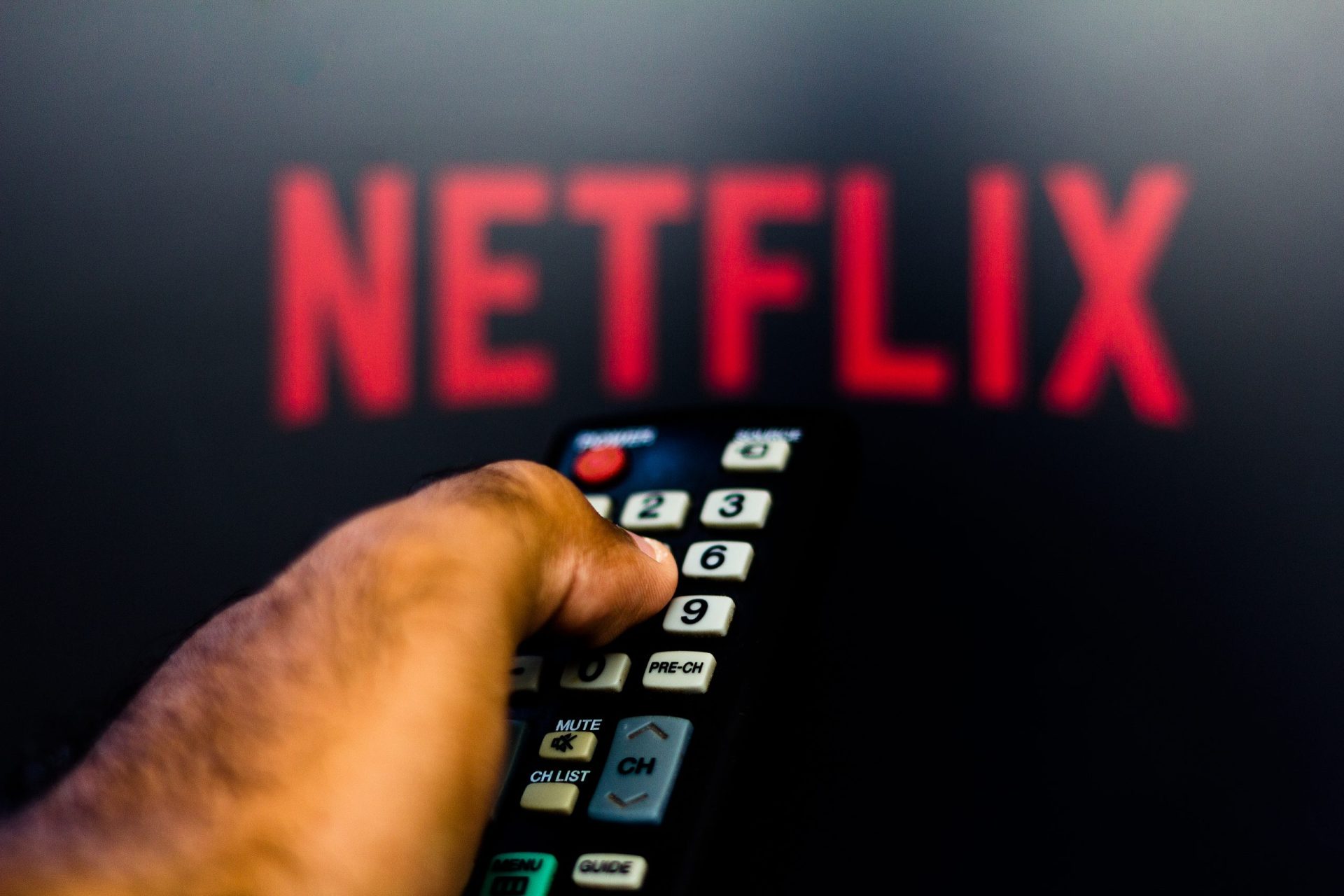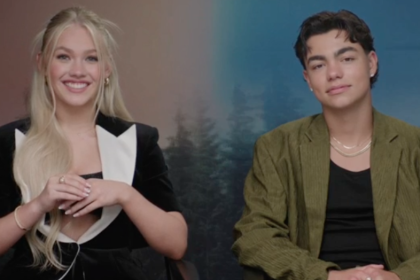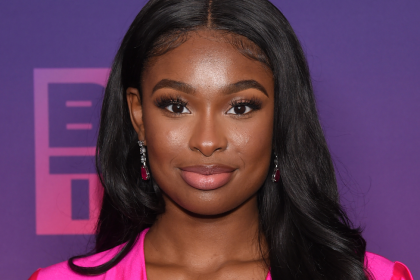The most influential home screen in entertainment is getting its first major redesign in 12 years. Starting next week, Netflix will introduce a completely revamped home page for television screens, representing the streaming giant’s first significant interface change since 2013 when the company had just 30 million subscribers and was only beginning to produce original content.
The new Netflix experience
The redesigned interface features a more prominent navigation bar, which moves from its current position on the left side to across the top of the screen. The update emphasizes fewer titles but incorporates more video and animation, aiming to create what Netflix describes as a sleeker look designed to encourage viewers to press play and stay on the platform.
One of the most notable additions is what Netflix executives call responsive recommendations, a feature that will dynamically adjust home screen content based on user searches in near-real time. If a subscriber searches for horror content, the system will immediately begin displaying more horror recommendations throughout the interface, rather than waiting up to a day for the algorithm to adapt as it does currently.
The company is marketing this comprehensive update as “the new Netflix,” signaling its importance in their product strategy. The redesign will initially roll out for television screens only, which account for 70% of Netflix viewing according to company data, and will gradually become available to all subscribers over the coming weeks and months.
Design philosophy behind the change
Netflix executives revealed they began conceptualizing this redesign, internally nicknamed “Eclipse,” in late 2022. Despite various minor revisions over the past decade, the company felt they were reaching limitations with the current design.
Steve Johnson, Netflix’s vice president of design, compared the current interface with its rows of titles and tiles to a Blockbuster Video shelf. Eunice Kim, Netflix’s chief product officer, described the existing design as suboptimal with its repetitive display of box art.
The company observed changing viewer behavior that influenced their design decisions. Traditionally, Netflix users have been split evenly between those who know exactly what they want to watch and those who are browsing without specific content in mind. However, the percentage of undecided viewers has increased in recent years, creating a need for the interface to work harder at introducing new content effectively.
Enhanced content discovery features
While the Netflix catalog remains extensive, the new home page will display fewer titles at once. However, when users hover over a selection, that content expands into a significantly larger image containing helpful information such as a brief description and informative badges indicating features like “highly rewatched,” “spent 13 weeks in the Top 10,” or “Oscar nominee.”
After hovering for a few seconds, a preview video from the selected show or movie automatically begins playing. This feature builds on Netflix’s internal research showing that viewers are more likely to watch content after seeing a clip. The goal is to encourage users to slow down and notice more details about titles rather than quickly scanning through options.
The Eclipse interface also aims to improve the experience for live programming, an increasingly important content category for Netflix. When live events like NFL games or boxing matches are available, the interface will display animated previews that show the motion and energy of the event right when users turn on their televisions.
Industry implications and competitive landscape
The redesign could have significant ripple effects throughout the streaming industry. Over the past decade, nearly all media companies have modeled their streaming service interfaces after Netflix’s design with its characteristic rows of titles. As Netflix introduces this major update, competitors may feel pressure to follow suit.
Disney CEO Robert A. Iger recently expressed frustration with his company’s streaming home pages during an earnings call, stating they needed to be more dynamic and lamenting their fairly static nature. This suggests other major players are also contemplating similar interface refreshes.
Netflix’s position in the streaming landscape has evolved dramatically since its last major redesign. The company now boasts more than 300 million subscribers worldwide and has released thousands of original programs that have reshaped entertainment industry standards.
Despite this growth, Netflix faces significant competition in the United States from YouTube. According to Nielsen data, the Google-owned video platform maintains a comfortable lead over Netflix in streaming time. This redesign may represent part of Netflix’s strategy to close that gap.
Leadership vision for the future
Greg Peters, Netflix co-chief executive, emphasized that the redesign aims to make content selection easier, simpler, and faster for users to make good decisions. He expressed hope that over time, subscribers will recognize the improvements and that competing streaming services will begin to feel relatively static, outdated, and stuck in the mud by comparison.
The competitive landscape has shifted dramatically since Netflix’s last interface update. The gap between Netflix and traditional entertainment companies has widened to the point where executives at HBO and Max now say they would be content to be considered an add-on service in households that already subscribe to Netflix.
With this redesign, Netflix appears to be reasserting its innovative approach to the streaming experience while capitalizing on its massive scale and technical capabilities. The update represents not just a visual refresh but a more responsive, personalized streaming platform that aims to maintain Netflix’s position at the forefront of how viewers discover and engage with entertainment content.














